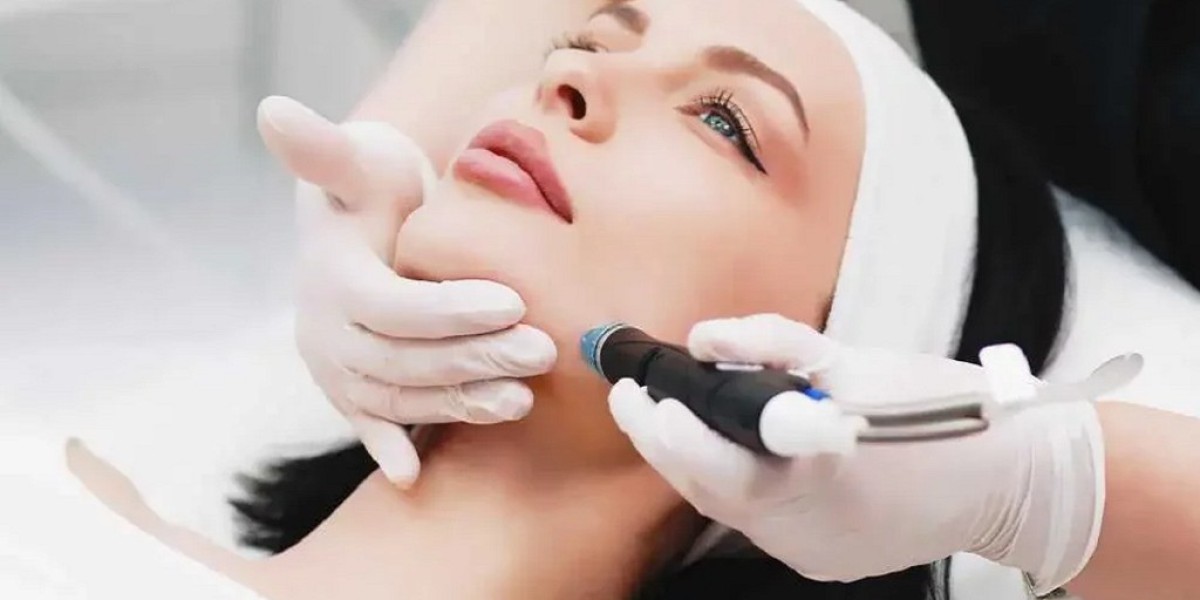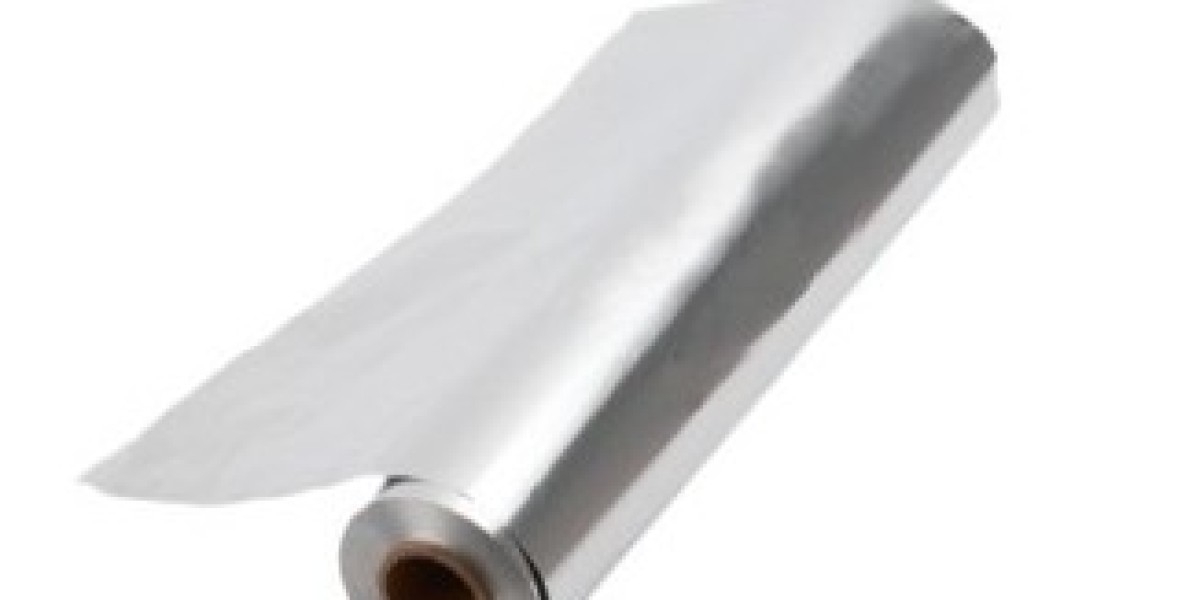Raising quail is becoming increasingly popular among small-scale farmers and backyard poultry keepers. Whether you’re hatching for meat, eggs, or as a hobby, selecting the best incubator for quail eggs is crucial for achieving a high hatch rate. Unlike chickens, quail eggs are smaller and more delicate, requiring precise temperature, humidity, and airflow control.
This guide covers everything you need to know about choosing, setting up, and maintaining a quail egg hatcher to ensure a successful incubation process.
Why You Need a Reliable Quail Egg Incubator
Quail, like most poultry, can hatch their own eggs naturally. However, domesticated quail have largely lost their brooding instinct, making artificial incubation the best method for consistent hatching success.
The best quail incubator provides:
- Precise temperature control to ensure embryo development.
- Humidity regulation to prevent eggs from drying out or drowning.
- Egg turning mechanisms to stop embryos from sticking to the shell.
- Consistent airflow to maintain even heating.
Without these factors in place, hatching rates can drop significantly, leading to failed incubations and wasted eggs.
Choosing the Best Incubator for Quail Eggs
When shopping for a quail egg hatcher, consider the following features:
Size and Capacity
Incubators come in different sizes, ranging from small countertop models to large commercial units. If you’re a backyard breeder, an incubator with a 24 to 50-egg capacity should suffice. However, larger operations require incubators that hold hundreds of eggs at once.
Temperature Control
Quail eggs must be incubated at 99.5°F (37.5°C) with minimal fluctuations. Digital thermostats provide the most accuracy, while models with built-in alarms help prevent overheating or cooling.
Humidity Regulation
Humidity levels should be 45-55% during incubation and increase to 65-75% in the last three days before hatching. Look for an incubator with an automatic humidity control system or built-in water channels.
Automatic Egg Turner
Turning eggs at least three times a day is essential for healthy embryo development. A best quail incubator with an automatic turner simplifies the process and ensures consistency.
Ventilation and Airflow
Proper airflow is necessary to regulate heat and oxygen levels. Incubators with internal fans distribute air evenly, while models with adjustable vents allow for manual control.
Ease of Cleaning
A clean incubator prevents bacterial growth and disease transmission. Choose a model with removable trays and easy-to-wipe surfaces for effortless maintenance.
Setting Up Your Quail Egg Hatcher
Once you have the best incubator for quail eggs, setting it up correctly is crucial for a successful hatch.
1. Pre-Incubation Preparation
- Calibrate the incubator by running it for 24 hours before adding eggs.
- Sanitize all components to eliminate bacteria and contaminants.
- Choose high-quality eggs—avoid cracked, misshapen, or dirty ones.
2. Placing the Eggs
- Position eggs pointy-end down to help embryos develop correctly.
- Avoid overcrowding—ensure even spacing for proper airflow.
3. Monitoring Temperature and Humidity
- Keep the incubator at 99.5°F (37.5°C) throughout the incubation period.
- Maintain humidity at 45-55% until lockdown, then increase to 65-75%.
- Use a digital hygrometer for accurate humidity readings.
4. Egg Turning
- If your incubator has an automatic turner, ensure it’s functioning correctly.
- For manual turning, rotate the eggs at least three times a day.
Common Incubation Mistakes and How to Avoid Them
Even with the best quail incubator, mistakes can happen. Here’s how to prevent the most common ones:
Temperature Fluctuations
- Always use a secondary thermometer to cross-check the incubator’s temperature reading.
- Keep the incubator in a draft-free room with stable room temperature.
Humidity Issues
- Too low humidity can cause chicks to stick inside the shell.
- Excess humidity may lead to drowned chicks.
- Use a hygrometer to monitor and adjust accordingly.
Poor Egg Turning
- If eggs are not turned, embryos can stick to the shell and fail to hatch.
- Ensure your incubator’s automatic turner is working or turn eggs manually.
Opening the Incubator Too Often
- Avoid unnecessary opening, as it disrupts temperature and humidity levels.
- Only open when absolutely necessary, such as adding water or checking on pipping chicks.
Lockdown Phase: Preparing for Hatch Day
The last three days before hatching are known as “lockdown.” At this stage:
- Stop turning the eggs to allow embryos to position for hatching.
- Increase humidity to 65-75% to soften eggshells.
- Do not open the incubator unnecessarily.
Hatching can take up to 24 hours from the first pip (small crack in the shell). Be patient and avoid assisting chicks unless they are genuinely struggling.
Post-Hatch Care: Ensuring Strong, Healthy Chicks
Once your quail chicks have hatched, follow these steps for a smooth transition:
1. Move to a Brooder
- Transfer chicks to a brooder with a temperature of 95°F (35°C).
- Reduce temperature by 5°F per week until they are fully feathered.
2. Provide Food and Water
- Offer a high-protein (28-30%) game bird starter feed.
- Use shallow water dishes with marbles to prevent drowning.
3. Monitor for Weak Chicks
- Check for signs of weakness or deformities.
- Provide extra warmth and hydration as needed.
Final Thoughts
Hatching quail eggs successfully requires the right equipment, attention to detail, and careful monitoring. Investing in the best incubator for quail eggs simplifies the process and increases hatch rates. By following proper incubation techniques, maintaining optimal conditions, and avoiding common mistakes, you’ll enjoy a rewarding and successful hatch every time.



